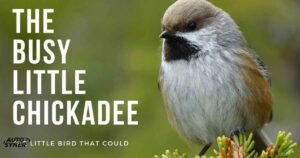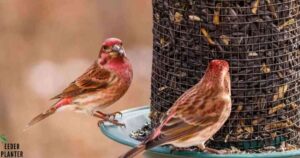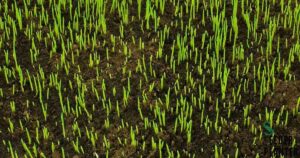Hosta seeds are the offspring of the hosta plant.It is known for its lush foliage and attractive flowers. Collecting and germinating these seeds is a simple way to spread new hosta plants in your garden.
On the journey of growing hosta seeds is like entering a blooming kingdom of patience and wonder.Are you ready to witness the magic which is How to plant hosta seeds?. Picture this: from a tiny, unassuming seed emerges a world of lush greenery, captivating textures, and delicate blooms.The process of cultivation unfolds like a mesmerising tale, inviting you to be the storyteller of your own verdant haven.
These seeds hold the promise of transforming your garden into a haven of verdant beauty. From their unassuming beginnings, these seeds sprout into lush foliage, showcasing captivating textures and delicate blossoms. Cultivating hosta seeds unveils a botanical journey where patience and care yield a tapestry of vibrant, resilient plants.
Types and Varieties of Hosta Seeds
There are 5 major types of the Hosta Seeds.
- Miniature Hostas
- Small Hostas
- Medium Hostas
- Large Hostas
- Giant Hosta
Miniature Hostas
They are small, compact plants perfect for small spaces. To grow them, start indoors in trays or pots with well-draining soil. Water them regularly, and use plastic wrap for humidity until they sprout.
Once seedlings have a few leaves, move them to individual pots. Gradually expose them to outdoor conditions before planting in a shaded garden spot. Keep the soil moist, and enjoy these adorable, space-saving plants with unique foliage in your garden.
Small Hostas
These are also known as miniature or dwarf varieties, are compact and generally reach heights of 6 inches or less. They exhibit lush, dense foliage with a diverse range of leaf shapes, colours, and textures. These diminutive plants are well-suited for container gardens, rock gardens, or edging along pathways.
Despite their small size, they often display the same attractive features as their larger counterparts, such as variegated leaves and lavender or white bell-shaped flowers in the summer. Small Hostas thrive in shaded or partially shaded areas with well-draining soil and require consistent moisture for optimal growth.
Regular division of these plants is recommended to maintain their vigor and ensure continued health in the garden.
Medium Hostas
In this type of hostas are moderate-sized plants ideal for various garden spaces. Begin by planting them in well-draining soil. Water consistently and place in partial shade. These versatile plants feature attractive foliage and bring a balanced, mid-sized presence to your garden landscape.
Large Hostas
This type of Hostas are sizable, leafy plants ideal for filling garden spaces. Plant them in shaded areas with well-draining soil. Water consistently, and mulch to retain moisture. These impressive plants bring lush greenery to your garden, adding beauty and texture with their broad, attractive leaves.
Giant Hosta
These are large, leafy plants that thrive in shaded areas. Plant them in well-draining soil, providing ample space for their expansive leaves. Keep the soil consistently moist. Enjoy their impressive size and lush foliage, creating a bold and eye-catching presence in your garden’s shaded corners.
Planting Hosta in different environment
The Hosta seeds are different in nature. Their growth rate is different in different environments. And they are different in types according to their temperature.
- Tropical Climate
- Dry climate
- Temperate Climate
- Continental Climate
- Polar Climate
Potting up hosta seedlings
Transfer hosta seedlings to individual pots by carefully digging them up with a small tool. Plant each seedling in its own pot filled with regular potting soil. Water them gently, and place the pots in a bright location to encourage healthy growth.
Outdoor Planting of hosta seeds
Plant hosta seeds outdoors in late winter or early spring. Choose a shaded area with well-draining soil. Sprinkle seeds on the soil surface, press them in, and water gently. Cover with plastic wrap for humidity until germination. Transplant seedlings when they have a few true leaves.
Material Needed
| Transplanting Containers |
| Fertiliser |
| Watering Can or Spray Bottle |
| Grow Lights or Sunny Windowsill |
| Plastic Wrap or Dome |
| Seed Trays or Pots |
Steps
There are 8 steps that are included in the growing process of seeds.
1.Seed Harvesting
- Allow hosta flowers to develop seeds after pollination.
- Harvest seeds when the pods turn brown and the seeds are mature.
2. Seed Preparation
- Clean the seeds and let them dry for a day or two.
3. Sowing Seeds
- Sow hosta seeds on the surface of a seed-starting mix in trays or pots.
- Lightly press the seeds into the soil but do not cover them.
4. Covering Seeds
- Cover the trays or pots with plastic wrap or a clear plastic dome to maintain humidity.
5. Germination
- Place the trays or pots in a warm location with indirect light.
- Germination may take several weeks or even months.
6. Transplanting Seedlings
- Once seedlings have true leaves, transplant them into larger pots.
- Gradually acclimate them to outdoor conditions if transplanting outdoors.
7. Caring for Seedlings
- Provide adequate light, water, and nutrients.
- Protect young plants from extreme weather conditions.
8. Observation
- Note the characteristics of the new hosta hybrids as they grow.
- Some may exhibit unique traits, while others may resemble one of the parent plants.
FAQ’s
When is the best time to plant hosta seeds?
Plant hosta seeds in late winter or early spring.
Where should I plant hosta seeds?
Choose a shaded area with well-draining soil for outdoor planting.
How should I care for hosta seedlings?
Keep the soil moist, transplant seedlings when they have a few true leaves, and gradually expose them to outdoor conditions.
When is the best time to plant Hosta seeds?
Hosta seeds are typically best planted in early spring or late fall for optimal germination.”
Conclusion
At the end planting hosta seeds can be a rewarding endeavour for garden enthusiasts seeking to expand their collection of these versatile and resilient plants. By following a few key steps, such as providing the right soil conditions, adequate moisture, and proper spacing, one can nurture hosta seeds into healthy and vibrant plants.
Patience is crucial, as hosts typically take time to germinate and establish themselves. With careful attention to detail and a nurturing environment, the gardener can witness the transformation of tiny seeds into flourishing hosta plants, enhancing the beauty of their garden with a variety of foliage colors and textures.

I am Alexander James, a seasoned professional with 4 years of expertise, brings passion and skill to every project. Elevate your experience with my knowledge and creativity.
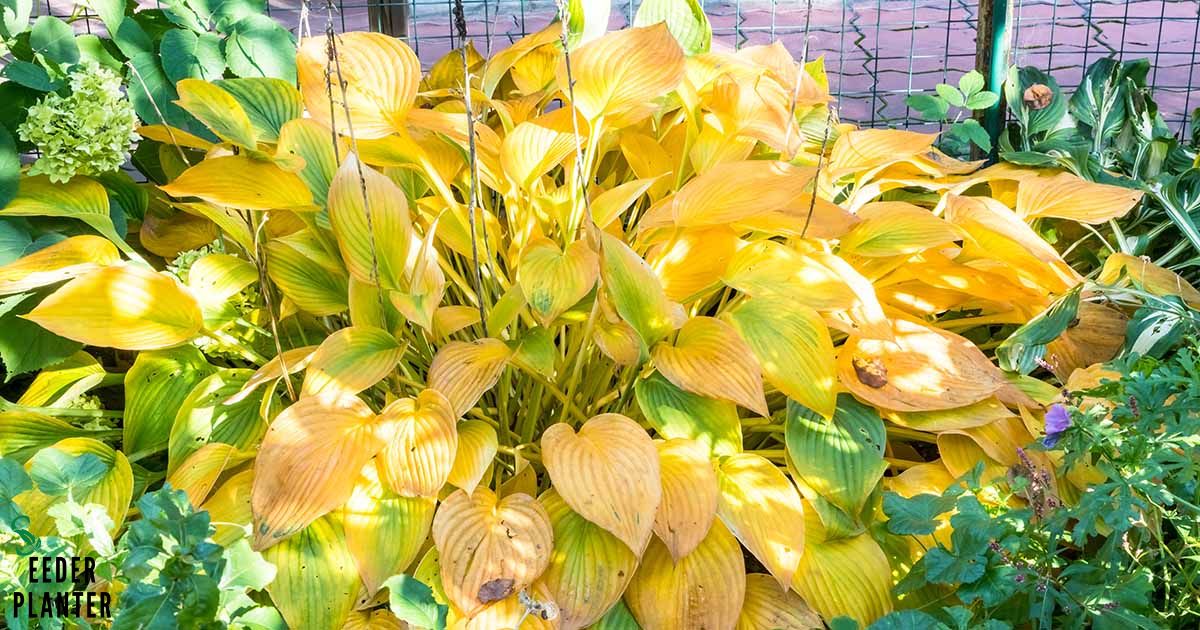

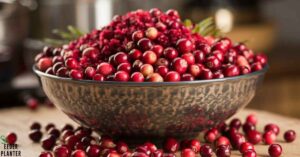
![Hollyhock Seeds: The Complete Guide to Success [2024]](https://seederabout.com/wp-content/uploads/2024/10/Hollyhock-Seeds-The-Complete-Guide-to-Success-2024-300x157.jpg)
